Blog Posts Tagged Technical Content
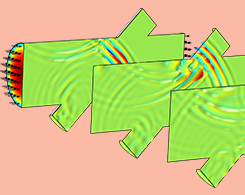
Using the Discontinuous Galerkin Method to Model Linear Ultrasound
You can easily model acoustically large problems, like linear ultrasound, with a predefined physics interface that uses a memory-efficient approach called the discontinuous Galerkin method.
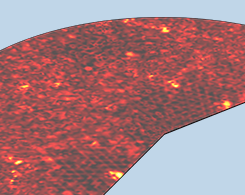
Finding the Best Coal Arrangement for Even Heat in a Grill
Pizza on the grill? It’s actually quite delicious. Here, we use heat transfer modeling to determine how the grill’s coals should be arranged for even heating.
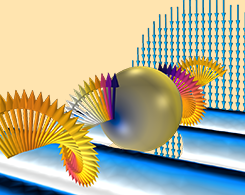
How to Couple Radiating and Receiving Antennas in Your Simulations
Learn how to couple radiating and receiving antennas in your simulations by using the scattered field formulation. Part 3 of a series on multiscale modeling in high-frequency electromagnetics.
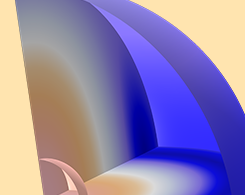
2 Methods for Simulating Radiated Fields in COMSOL Multiphysics®
2 ways to model radiated fields: the Far-Field Domain node and the Electromagnetic Waves, Beam Envelopes interface. Part 2 of a series on multiscale modeling in high-frequency electromagnetics.
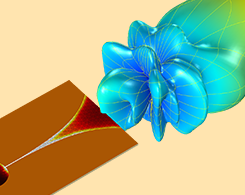
Introduction to Multiscale Modeling in High-Frequency Electromagnetics
Here’s an introduction to performing multiscale analyses of antennas and communication systems. Part 1 of a series on multiscale modeling in high-frequency electromagnetics.

How to Model an Anechoic Coating
Modeling an anechoic coating involves finding the smallest unit cell, truncating the geometry, and analyzing the wave diffration. The COMSOL® software includes predefined interfaces to do so.
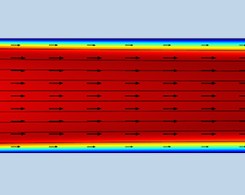
How to Assign Fluid Pressure in CFD Simulations
What is the difference between relative and absolute pressure? Why does COMSOL Multiphysics® use relative pressure to solve CFD problems? Get answers here…
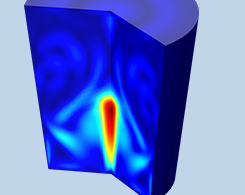
Introduction to Modeling Natural Convection in COMSOL Multiphysics®
Electronics cooling, indoor climate systems, and environmental transport problems all rely on natural convection. Get an introduction to modeling this phenomenon in COMSOL Multiphysics®.
